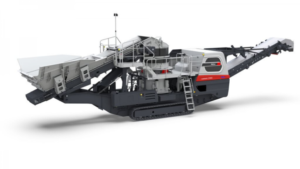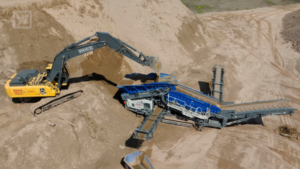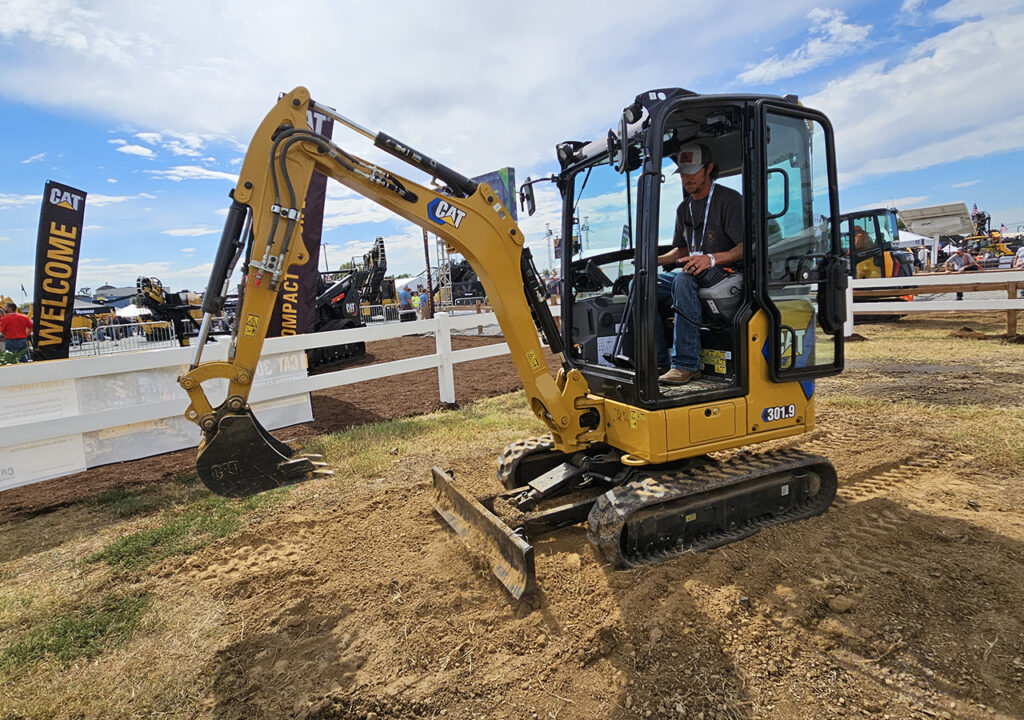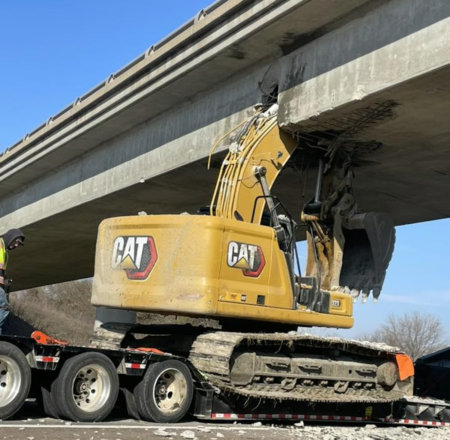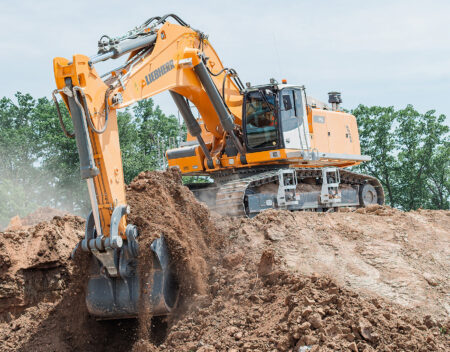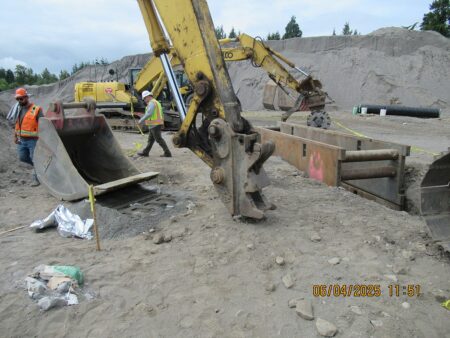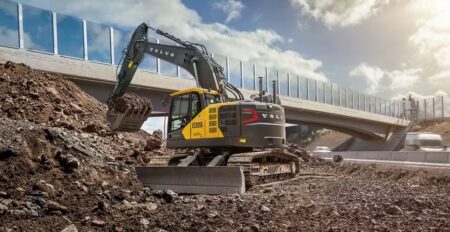To help alleviate the apprehension of transitioning from diesel to electric equipment, Caterpillar plans to retain ownership of the batteries in all of its 301.9 battery electric mini excavators.
When the machine becomes commercially available, Cat will employ a Battery as a Service (BaaS) sales model. By retaining ownership of the battery, the customer will not be responsible for malfunctions
Instead of being sold as part of the machine, the battery will be provided on a subscription basis. Caterpillar is designing and manufacturing the battery and will dispose of the power source a the end of its lifespan.
“We own the battery, it’s a lease. If any problems arise with that battery, then that’s on us. We will swap that battery out whether you’re a dealer, or whether you’re an end user,” said Caterpillar Product Specialist Greg Worley. “We’re trying to take out all of those obstacles of the transition from diesel to electric.”
The 301.9 battery electric mini excavator made its first North American appearance at ConExpo in March as a prototype display. In September, Cat offered prospective users the opportunity to test the machine during The Utility Expo.
Worley explained battery dependability is a common concern he has heard from operators at trade shows.
“That’s the good side of BaaS. It’s removing that roadblock by providing peace of mind. It sort of gets rid of that anxiety around what will happen if the battery breaks down,” Worley said.
Prevention via telematics
The mini excavator’s telematics system allows Cat to monitor battery condition. If the battery requires maintenance, Worley explained Cat will know before the operator.
“We know the health and status of the battery all the way through. So, our back office will know all of that long before somebody on the machine does. And if we see something going wrong, we will let them know they need bring the machine in to swap the battery out,” he said.
301.9 performance
The slightly heavier 301.9 battery electric mini excavator delivers nearly identical specs as its diesel-powered counterpart, the 301.8. Both machines feature a 2.5 metre dig depth, a 3.9 metre maximum reach and hydraulic pump flow of 66 litres per minute.
The battery-powered version will likely be available in a canopy configuration, without air-conditioning.
“Our design intent from day one was to provide a machine that is the same or similar performance to diesel. And we’ve done that,” Worley said. “What most people operating the machine overwhelmingly said is they’re surprised; they didn’t know a battery machine could operate like a diesel machine.”
Equipped with a 32-kW battery, the 301.9 mini excavator can provide about five hours of continuous runtime, which Worley explained is able to meet the needs of many of the end users that own the diesel-powered version.
More electrification news:
“If we look at the stats for our diesel version of this, it’s being used for 40 to 60 per cent of an eight-hour shift,” he said.
Charging the electric mini excavator is possible via a standard 110-volt domestic socket, a 240-volt single phase outlet or a DC charger. A standard 110-volt outlet will require numerous hours to charge the machine. However, Worley explained 240-volt single phase is readily available in many locations.
“Most people have a 240-volt socket if they have a welder in the workshop. And even in a domestic house, your oven or your dryer all runs on single phase 240 volts. So, it’s readily available,” he said.
The DC charger is the fastest option, providing up to three hours of runtime in 60 minutes, and uses the 240-volt singe phase connection.
Battery consultations
When the 301.9 battery electric mini excavator becomes commercially available, Cat plans to step into a consultant role to help customers determine if electric is the right tool for the job.
“What we’re gearing it to is sort of qualifying it. This isn’t going to replace diesel totally. There are certain applications where this doesn’t fit,” Worley said.
One of the qualifiers will be whether the job can be completed on a single charge.
“The infrastructure is not really in place at job sites around the world to support charging multiple machines, let alone one machine,” Worley said.
For example, in the utility industry, some contractors are installing the infrastructure required to create a grid, while others are hooking new customers up to the grid.
“On the utility hookups side, customers have told to us they will only use a machine for about three hours a day. This very well could be perfect for them and get them into electrification,” Worley said.
By laying out a check list of qualifiers, Cat is aiming to ensure contractors have a good first experience with battery electric machines.
“We want to keep developing this market, for the future and for the world, and give them a great experience,” Worley said. “We’re trying to be good custodians of the electric industry within the construction business.”
Electric mini excavator availability
The mini excavator is expected to start arriving at Cat dealerships in California and Europe at the end of the first quarter of 2024 as a rental machine.
After Cat reviews its data from the rental period, the machine could enter the retail market a few months down the road.
Canada can likely expect to see the 301.9 battery electric mini excavator late in 2024.
Read the full article here

